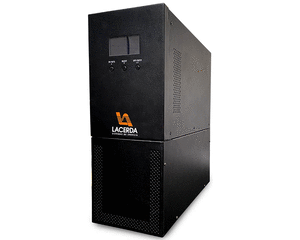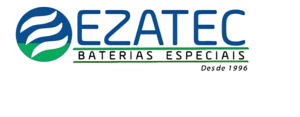Implementation of a High Efficiency Grid-Tied
Multi-Level Photovoltaic Power Conditioning
System Using Phase Shifted H-Bridge Modules
Jong-Pil Lee†, Byung-Duk Min**, and Dong-Wook Yoo*
†*Power Conversion Research Center, Korea Electrotechnology Research Institute, Changwon, Korea
**Green Power Co. Ltd, Suwon, Korea
Abstract
This paper proposes a high efficiency three-phase cascaded phase shifted H-bridge multi-level inverter without DC/DC
converters for grid-tied multi string photovoltaic (PV) applications. The cascaded H-bridge topology is suitable for PV
applications since each PV module can act as a separate DC source for each cascaded H-bridge module. The proposed phase
shifted H-bridge multi-level topology offers advantages such as operation at a lower switching frequency and a lower current
ripple when compared to conventional two level topologies. It is also shown that low ripple sinusoidal current waveforms are
generated with a unity power factor. The control algorithm permits the independent control of each DC link voltage with a
maximum power point for each string of PV modules. The use of the controller area network (CAN) communication protocol for
H-bridge multi-level inverters, along with localized PWM generation and PV voltage regulation are implemented. It is also
shown that the expansion and modularization capabilities of the H-bridge modules are improved since the individual inverter
modules operate more independently. The proposed topology is implemented for a three phase 240kW multi-level PV power
conditioning system (PCS) which has 40kW H-bridge modules. The experimental results show that the proposed topology has good performance.
LINKS DOWNLOAD
http://www.koreascience.or.kr/article/ArticleFullRecord.jsp?cn=E1PWAX_2013_v13n2_296
No Blog Eletrônica de Potência você encontrará informações sobre teses,artigos,seminarios,congressos,tecnologias,cursos,sobre eletrônica potência. “TEMOS O DESTINO QUE MERECEMOS. O NOSSO DESTINO ESTA DE ACORDO COM OS NOSSOS MERITOS” ALBERT EINSTEIN. Imagination is more important than knowledge, for knowledge is limited while imagination embraces the entire world. EL FUTURO SE CONSTRUYE HOY,EL SUCESSO NO ES FRUTO DE LA CASUALIDAD,SE HUMILDE ,APRENDE SIEMPRE CADA DIA.
AUTOR DO BLOG ENG.ARMANDO CAVERO MIRANDA SÃO PAULO BRASIL

.gif)
“SE SEUS PROJETOS FOREM PARA UM ANO,SEMEIE O GRÂO.SE FOREM PARA DEZ ANOS,PLANTE UMA ÁRVORE.SE FOREM PARA CEM ANOS,EDUQUE O POVO.”
“Sixty years ago I knew everything; now I know nothing; education is a progressive discovery of our own ignorance. Will Durant”


https://picasion.com/


Mostrando postagens com marcador Photovoltaic PCS (Power Conditioning System). Mostrar todas as postagens
Mostrando postagens com marcador Photovoltaic PCS (Power Conditioning System). Mostrar todas as postagens
segunda-feira, 16 de dezembro de 2013
Assinar:
Postagens (Atom)
